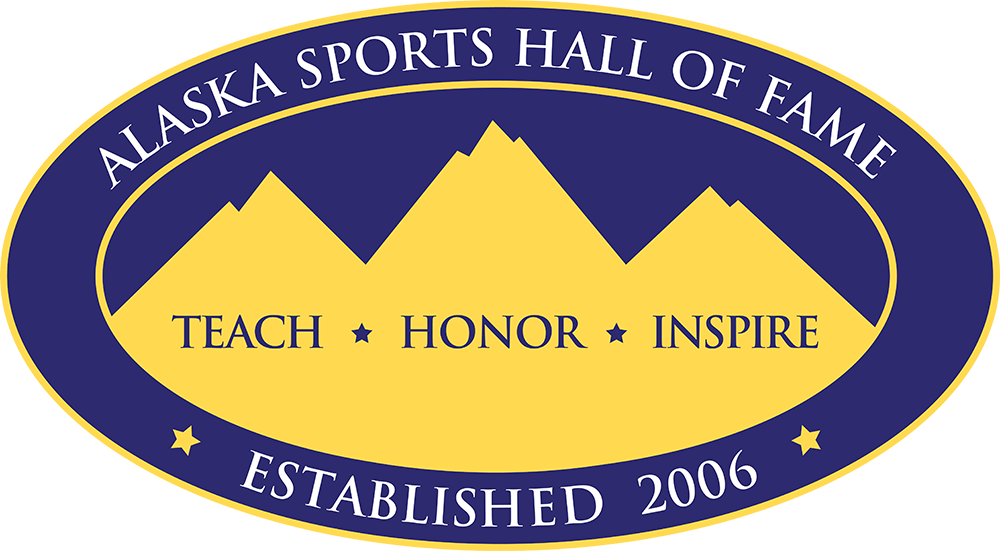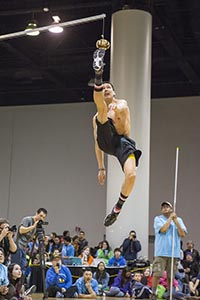The competition in the statewide Native Youth Olympics is as much about the perpetuation of heritage and culture as the awarding of prized medals.
Founded in 1972 as a way to educate young Alaska Natives about their background in a harsh environment, NYO is both
sporting event and classroom in a gymnasium, a tool to reward them for mastering skills that may be critical in hunting, fishing,
and survival situations.
The games are taught as part of school curriculums and now include youth from first grade through high school.
NYO is conducted under the auspices of the Cook Inlet Tribal Council based in Anchorage. The organization estimates that more than 2,000 young people statewide participate year-round. In 2015, more than 400 qualified for the finals competition, called the NYO Games, in Anchorage. Events such as the kneel jump, Alaskan high kick, scissor broad jump, two-foot high kick, and Eskimo stick pull may seem foreign to those who watch the Summer or Winter Olympics on television, but have long been outgrowths of the Native cultures of Alaska. Camaraderie is a key aspect.
“NYO really builds a sense of community and teaches athletes to encourage everyone to do the best they can do,” said Nicole Johnson, lead NYO official, in a CITC article. “Traditionally, you had to rely on each other to survive. Today, it’s still important because if you don’t have a community that works well together, that community isn’t going to be successful.”
During the 2015 Games, organizers conducted a survey that illustrates how NYO’s impact extends beyond sport. Three-quarters of the respondents said NYO was an incentive to remain in school and motivated them to keep their grades up; 69 percent said it raised selfconfidence; and 47 percent said NYO increased their leadership skills and self-esteem.
– Lew Freedman

